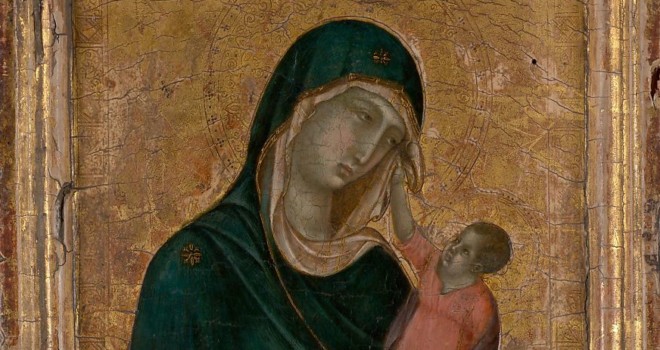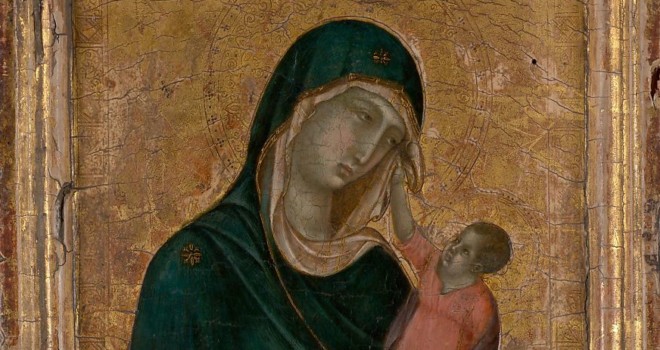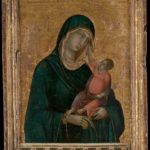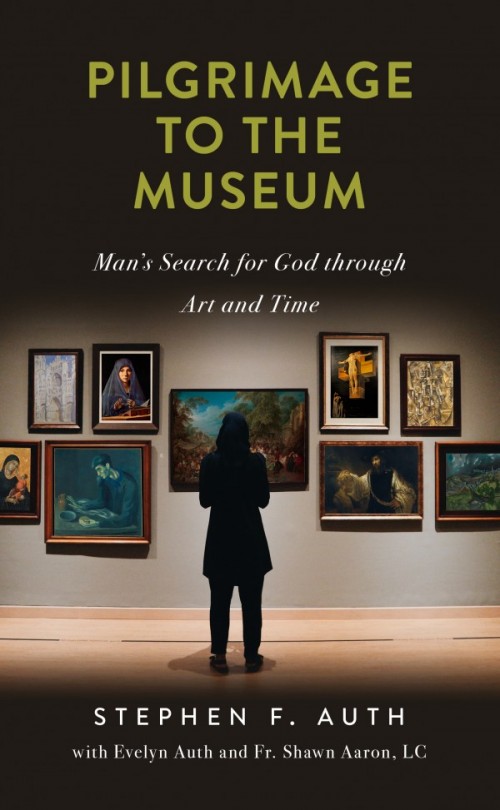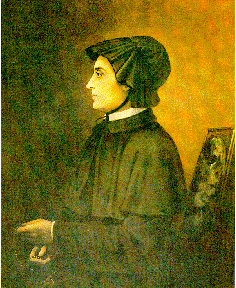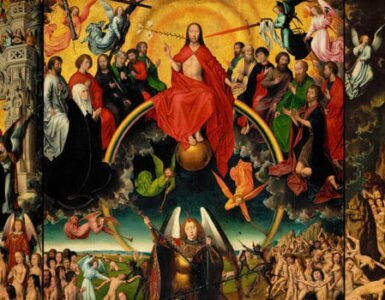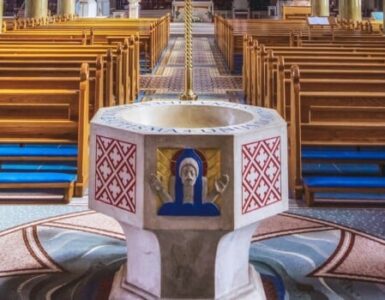Behold, a virgin shall conceive and bear a son, and his name
shall be called Emmanuel” (which means, God with us).
—Matthew 1:23
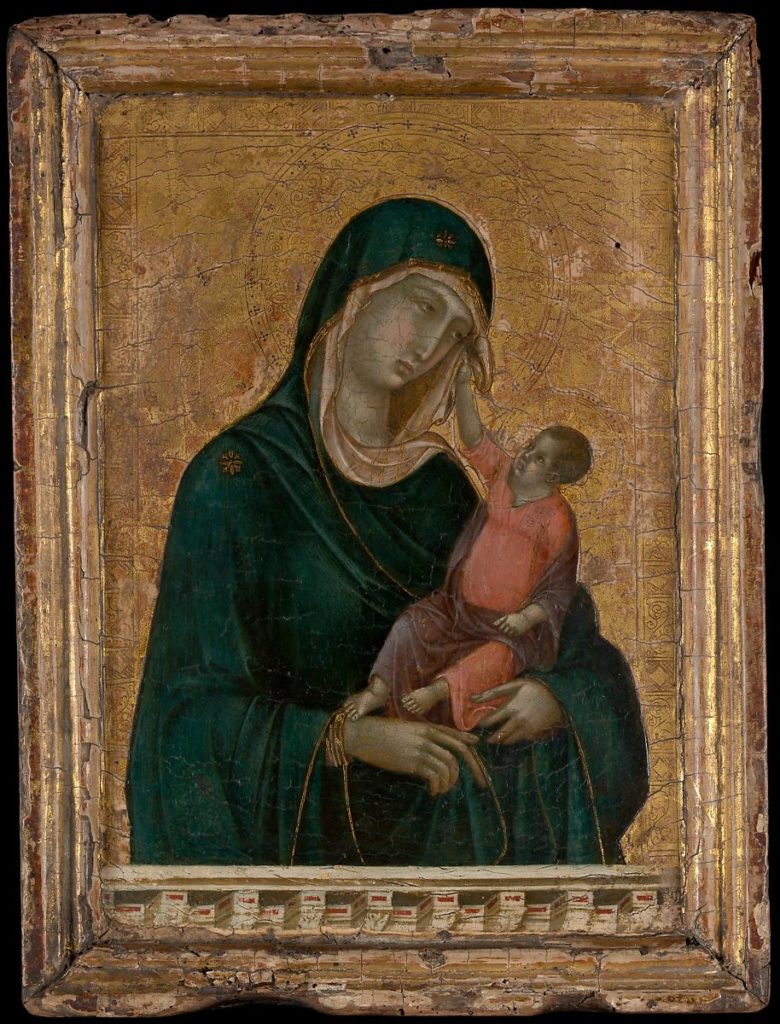
Tuscany, Italy, 1300. As the Middle Ages advanced in learning and trade, and particularly following the “best-selling” book on the Far East produced by Marco Polo on his return from the court of Genghis Kahn in 1300, the vision of the medieval world began to broaden and to open. Florence, situated in the Arno River valley along the main land route from Venice to Rome, developed into a relatively open economy for trade and finance, bringing wealth and power to the city-state. Just as in Athens centuries before, that wealth and power brought the development of the arts.
The confluence of wealth, art, the opening of the mind, and, of course, a deeply religious cultural milieu began to push art in a new direction, one based more on Earth than in the world of the spirit.
Two artists, in particular, crashed upon the medieval scene with an almost revolutionary style that would forever change the course of art, ushering in what art historians now call the “proto-
Renaissance.” These two men were Giotto di Bondone of Florence and Duccio di Buoninsegna of nearby Siena. And, in part, thanks to the Met’s longest-tenured director, Philippe de Montebello, we have rare examples of both proto-Renaissance greats in New York.
Art Begins Its Quest to Paint the Soul
Siena, Italy, 1300. By 1300, the economy of greater Tuscany was booming, and Siena was no exception. The great Siena Cathedral had just been finished, and plans to build one several times larger, using the current cathedral as the transept, were already in the making. One of the artists engaged by the city to provide the religious paintings for the great church was Duccio. But before he would complete his famous Maestà altarpiece in 1312, he produced a smaller devotional painting meant for a private viewer in prayer. The little painting—a mere eleven by eighteen inches—changed Western art forever.
Thanks to Montebello, who purchased it for the Met in 2004 for the controversial price of forty-five million dollars, it is available for viewing here in New York City. (For the full backstory of this purchase, see Montebello’s book with Martin Gayford, Rendezvous with Art.)
To many casual visitors, this Madonna and Child, at first glance, looks similar to the Byzantine icon paintings, familiar to us from the Berlinghiero, on whose spiritual and artistic heritage it draws. Key elements of the Byzantine formula remain very much intact, including the gold backdrop signifying Heaven and the pose of Mary, cradling the Baby Jesus in her arms, her eyes firmly focused on Him, our God.
But look again. Something very different is happening here. Notice the balustrade along the bottom of the painting. It is not part of the frame. Duccio painted it as if to invite us to look in on this scene through the window of an inn in Bethlehem, not in Heaven—as if it is here, on Earth.
God Comes into the World
Then look more carefully at the interplay between Mary and Jesus. In her eyes you can see not just her symbolic focus on our Lord and Savior, but her inner thoughts as a mother, contemplating the future as told to her through the angels, the shepherds,
the magi, and the prophets she had met, keeping “all these things, pondering them in her heart” (Luke 2:19). There is melancholy there, worry, concern, sadness, and resignation: her fiat—be it so—to God to stay the course, to fulfill her mission.
Then consider the Christ Child. Here is no distant symbol of the eternal God but rather, an extraordinarily empathetic, caring Person here on Earth, present. Sensing His Mother’s pain, He reaches up with His tiny arm to console her, as if to say, “It’s all right, Mom. You’re doing the right thing. It’s all going to be fine. This is all part of my Father’s plan. I’m here to save you, and to save all of humanity.”
In this one small painting, in this one gentle interplay between Mother and Son, Duccio changed everything. Art would no longer be about portraying to the Christian believer the abstract world of the spirit above. It would now pursue a more difficult, more challenging mission. In the world of a flat canvas and a painter’s brush, it would now undertake to portray the life within, the very soul of man himself.
✠
Editor’s note: The above excerpt is taken from Pilgrimage to the Museum: Man’s Search for God Through Art and Time, available July 26, 2022 from Sophia Institute Press.


